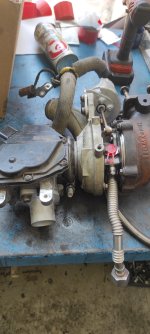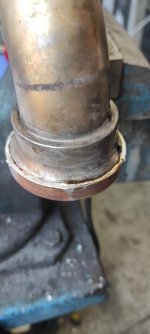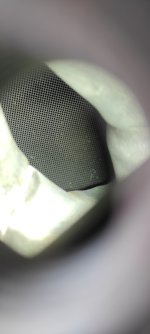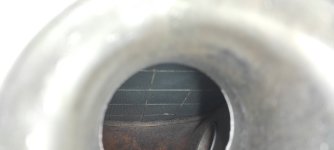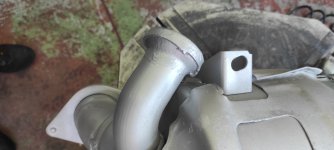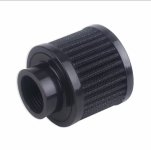This is an impressive thread! I have a lot of respect for everyone here! Sadly it looks like i'm also joining the party...
Symptoms:
P0401-61 Error intermittent.
Sooty Exhaust
Occasional Limp mode/ no acceleration uphill, but ok downhill.
Drives fine when codes are cleared.
Would anyone be able to take a look at my 30min drive
Multiecuscan data? I set up the parameters as posted earlier in the thread, but i'm not smart enough to know what to look for.
Does a new DPF & EGR cooler really cost 6K+?
Hi
@Larryinkernow First of all welcome to the forum. Unfortunately, it does appear you have joined the party. You have noted the symptoms that point to that, and you have captured the critical data with
MES to back up your suspicions.
You have not stated what HP variant of the twin EGR engine you have, nor the SW version number of the ECU. Judging by the measured parameter set, you have either a 150HP or 180HP engine. It would also help to know a bit about the history of the vehicle - like current odometer, are you the original owner, past history of any issues, modifications or parts replacements etc.
Let’s cut to the chase. The graph below is a 215 second snapshot from the end part of your journey with a relatively constant speed of around 100kph. The engine temp was at normal operating temperature for the entire journey and is at 84C on the inserted vertical reference line. From the graph, the temperature of the gas at the entrance to the LPEGR cooler is the Temperature after the particle filter which is some 374C. The LPEGR valve is constantly fully open at 4.7mm so there should be a considerable hot LPEGR gas flow, yet the LPEGR temperature is below the engine coolant temperature – only 77C. Corresponding with this is the MAP temperature is low at 44C for this motor. This indicates that there is little to no LPEGR gas flow - most likely caused by a blocked LPEGR cooler. The MAP temperature can be seen to rise slightly coincident with the brief opening of the HPEGR valve as expected.

Graph below is of same period showing the actual boost not tracking desired boost as it should be in comparison to a good reference engine. This is likely due to restricted input gas flows due to the blocked cooler. The throttle valve opening and O2 parameters look normal.
Same period in below graph but just showing intake air. It is interesting to note that the actual air intake quantity is higher than the desired air intake quantity. Why? Does this point towards another possible issue with the operation of the LPEGR valve, or MAF sensor, or something else? I have not included any other graphs, but all other parameters appear to be OK – the total and desired fuel quantities match, the actual and desired turbo positions match, the HPEGR and LPEGR valves desired and actual positions match, and all other parameters look normal, including the DPF differential pressure.
So, it appears obvious that the LPEGR cooler is blocked, but there is also a reported higher than desired fresh filtered air intake. Is this caused by a faulty MAF sensor, or is it somehow a malfunction of the LPEGR valve, or something else going on? Relatively easy and cheap to replace the MAF sensor, I guess. But it looks like a new DPF and LPEGR cooler and an inspection of the inlet tract and intercooler for soot buildup.
The next thing to do would be to check a few other parameters – the important ones being the Injector Correction values for each injector. This measurement is only valid on a fully warm engine at idle.
Below you will find a suggested parameter list to check. I suggest you begin recording before you start the engine. Begin with a cold engine, drive normally to warm it up to correct operating temperature and then do a run of constant 100kph if you can. At the end of the drive, keep the engine idling for about 20 seconds and then stop the recording process.


